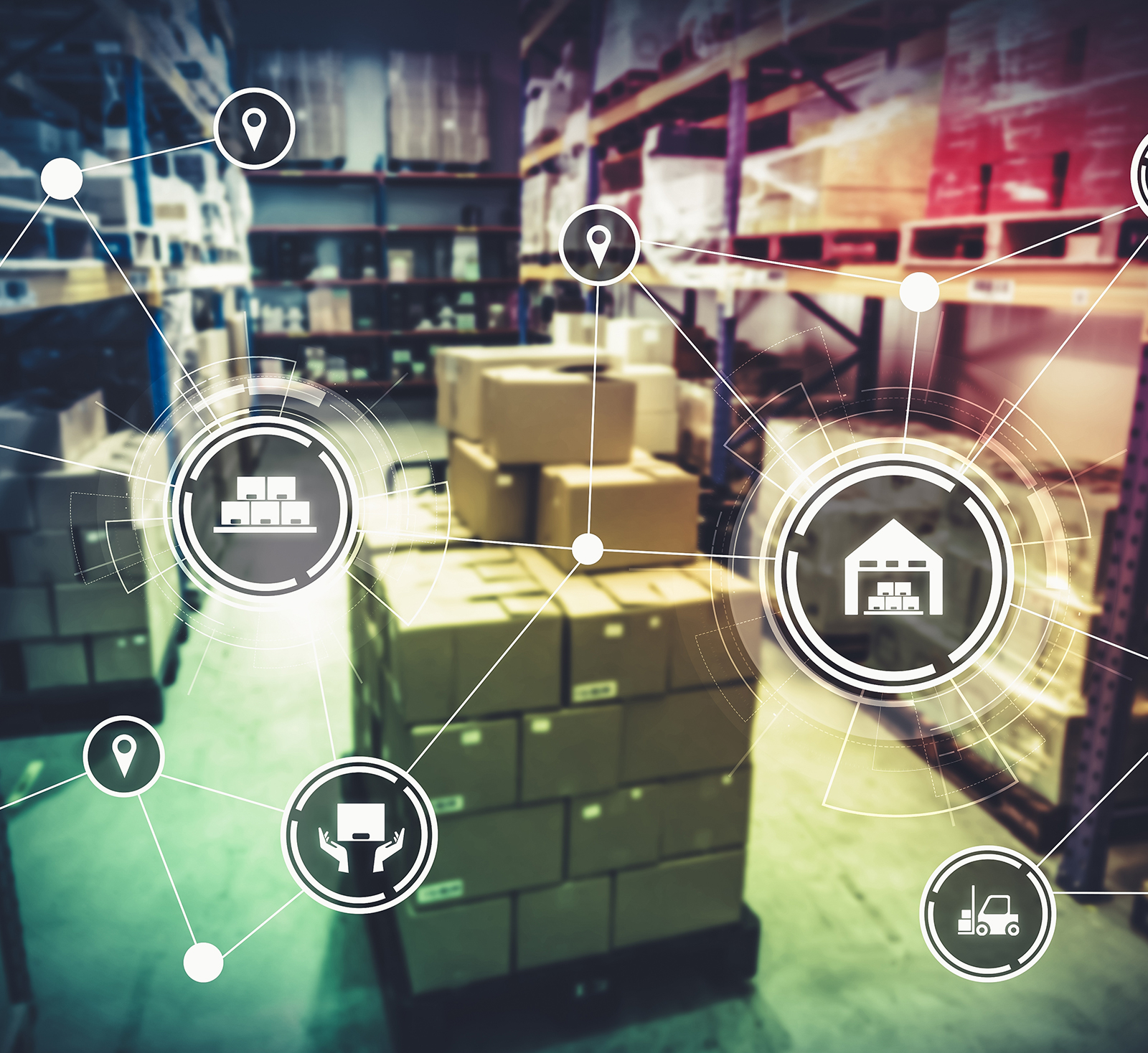RFID FOR INDUSTRIAL SECTORS
RFID technology
Radio Frequency Identification (RFID), or RFID technology, is a technology that allows objects to be uniquely identified by radio waves and can capture hundreds of objects at a time.
UHF (Ultra High Frequency)
This technology is used for long range readings, as the frequency range is much larger. Normally, logistics processes are managed by this technology.
HF (High Frequency)
It is used for closer readings. It is used in production and retail environments and people identification.
In turn, RFID chips can be active (with an additional battery) or passive (without an additional battery).

RFID reading
Unlike barcode technology, where reading is done by direct capture with an image or laser reading, RFID uses a radio frequency signal to capture the information contained in RFID tags. RFID is a very useful technology in those environments where there is no direct vision with the material, merchandise or person and at the same time many simultaneous measurements need to be made.
RFID has many applications in the world of logistics, where it helps us to trace and locate items in real time, in the world of retail, where it significantly reduces reading times and errors and allows inventories with accuracies of 99% or even in healthcare environments where we can trace patients and assets continuously.
A typical RFID solution will consist of 2 elements: an RFID reader together with an antenna, a printer with RFID tag encoding capability.

Advantages of using RFID technology for your business
optimizes enterprise traceability
By identifying products, equipment and people, each of the steps involved in any process can be traced.
reduction of operating costs
Compared to a traditional barcode scanning system, the time and therefore the cost is massively reduced.
control of your supply chain
Being able to take automatic readings throughout the supply chain improves supply chain management and control.
increase in retail sales
Increasing the accuracy of in-store inventory allows the number of items of the same item to be reduced, increasing the number of different products offered.
RFID has many applications in the logistics world where it helps us to trace and locate items in real time, in the retail world where it significantly reduces reading times and errors and allows inventories with accuracies of 99% or even in healthcare environments where we can trace patients and assets on a continuous basis.
Device Types
Fixed RFID Readers
Mobile RFID Readers
RFID printers
Differential characteristics of RFID Technology
Mass reading without the need for visual capture
The great differentiating feature is the possibility of performing readings without the need to have a visual field on the product, element or person to be identified.
